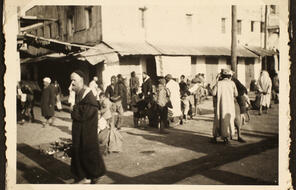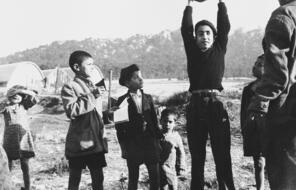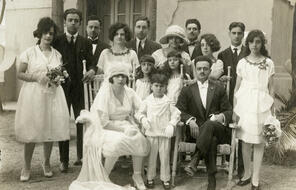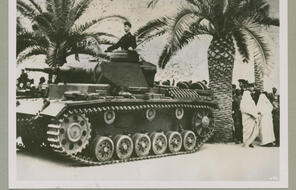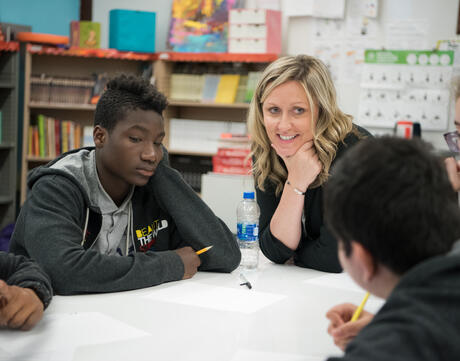
Contextualizing a Found Poem
At a Glance
Language
English — USSubject
- History
- Social Studies
Grade
9–12Duration
One 50-min class period- The Holocaust
- Resistance
- Culture & Identity
- Antisemitism
Overview
About This Assessment
In this summative assessment, students will apply the lessons they learned about the Holocaust and Jewish communities in wartime North Africa as they create an artifact that explains the context of the found poems they wrote in Lesson 3. While the poems have meaning on their own, their impact on someone outside of the class will be enhanced by understanding the context for the poem’s creation. This authentic task is designed to assess student learning while centering student agency.
Preparing to Teach
A Note to Teachers
Before teaching this assessment, please review the following information to help guide your preparation process.
Procedure
Activities
Materials and Downloads
Quick Downloads
Download the Files
Get Files Via Google
Contextualizing a Found Poem
Unlimited Access to Learning. More Added Every Month.
Facing History & Ourselves is designed for educators who want to help students explore identity, think critically, grow emotionally, act ethically, and participate in civic life. It’s hard work, so we’ve developed some go-to professional learning opportunities to help you along the way.
Exploring ELA Text Selection with Julia Torres
On-Demand

Working for Justice, Equity and Civic Agency in Our Schools: A Conversation with Clint Smith
On-Demand

Centering Student Voices to Build Community and Agency
On-Demand


